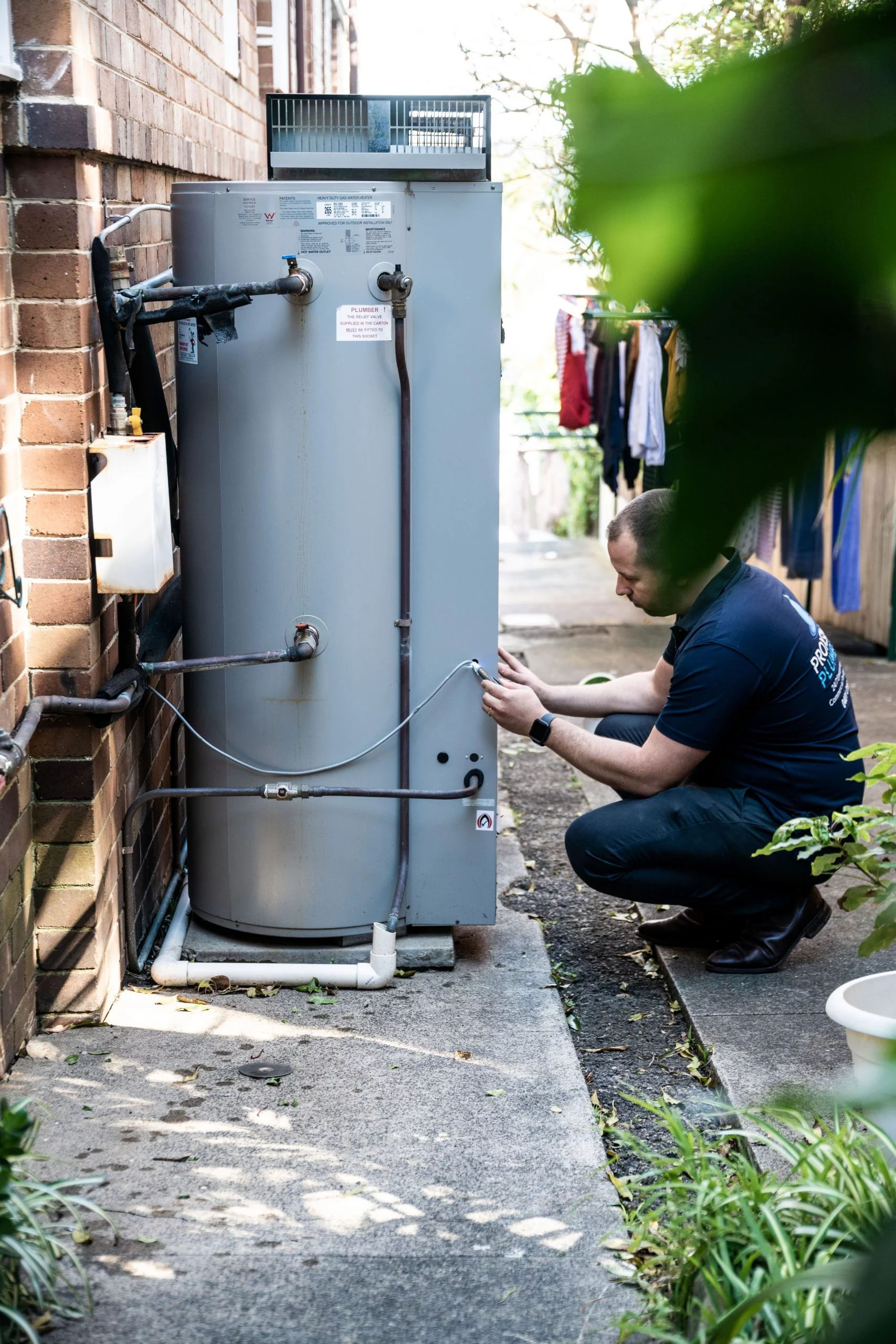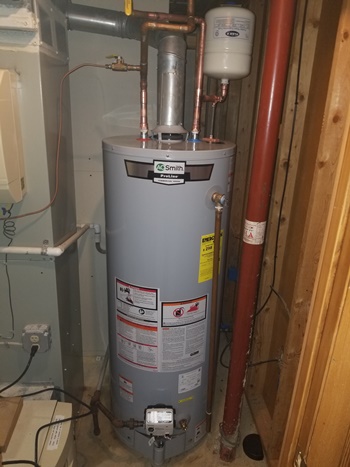Just how do you really feel when it comes to Tips For Maintaining Your Hot Water Heater?

Hot water is essential for everyday convenience, whether it's for a refreshing shower or cleaning dishes. To ensure your warm water system runs effectively and lasts much longer, regular maintenance is vital. This post gives useful ideas and insights on exactly how to keep your home's hot water system to prevent disruptions and expensive fixings.
Introduction
Preserving your home's warm water system might seem overwhelming, yet with a few basic actions, you can ensure it runs efficiently for years to come. This overview covers every little thing from understanding your hot water system to DIY upkeep tips and understanding when to call in professional aid.
Significance of Preserving Your Warm Water System
Routine upkeep not only prolongs the lifespan of your hot water system yet additionally ensures it runs efficiently. Ignoring upkeep can result in lowered efficiency, higher power bills, and even early failure of the system.
Indications Your Warm Water System Demands Maintenance
Understanding when your warm water system needs interest can protect against significant issues. Look out for signs such as inconsistent water temperature, odd sounds from the heating system, or corroded water.
Recognizing Your Warm Water System
Prior to diving into maintenance jobs, it's handy to recognize the basic elements of your warm water system. Commonly, this includes the water heater itself, pipes, anode poles, and temperature level controls.
Monthly Upkeep Tasks
Regular regular monthly checks can assist capture small issues before they intensify.
Purging the Hot Water Heater
Purging your hot water heater removes sediment accumulation, enhancing performance and lengthening its life.
Monitoring and Replacing Anode Rods
Anode rods avoid rust inside the storage tank. Checking and changing them when worn is important.
Checking and Readjusting Temperature Level Setups
Readjusting the temperature setups makes sure ideal performance and safety.
Do It Yourself Tips for Upkeep
You can do a number of maintenance jobs yourself to keep your warm water system in top problem.
Looking for Leaks
Routinely inspect pipes and links for leaks, as these can result in water damage and greater expenses.
Evaluating Pressure Alleviation Valves
Checking the pressure relief valve guarantees it works correctly and stops extreme pressure build-up.
Protecting Pipes
Shielding warm water pipes lowers warm loss and can save power.
When to Call an Expert
While DIY upkeep is useful, some issues call for expert proficiency.
Facility Problems Requiring Specialist Help
Instances include significant leakages, electrical troubles, or if your water heater is constantly underperforming.
Regular Expert Upkeep Conveniences
Professional upkeep can include detailed evaluations, tune-ups, and making certain compliance with safety and security standards.
Verdict
Regular upkeep of your home's hot water system is crucial for effectiveness, long life, and cost financial savings. By following these ideas and knowing when to seek expert aid, you can ensure a dependable supply of hot water without unanticipated disturbances.
Water Heater Maintenance Tips
Test the TPR Valve
Shut off the power and the cold-water supply valve. Place a bucket under the pipe connected to the temperature-pressure-release (TPR) valve on the top or side of the tank. (This valve opens if the tank pressure gets too high.) Lift the valve’s tab to let some water out, then let go. If water keeps flowing, drain the tank partway, unscrew the old valve with a pipe wrench, and install a new one. Check the Anode Rod
Put a hose to the tank’s drain cock and let out a few gallons of water. Now fit a 1 1/16-inch socket onto the rod’s hex head on top of the heater (or under its top plate) and unscrew the rod. If it’s less than ½ inch thick or coated with calcium, buy a new one, wrap its threads with Teflon tape, put it back in the tank, and tighten securely. Use this segmented rod if headroom above the tank is limited. Drain the Tank and Wash Out Sediment
Drain the remaining water in the tank into the bucket, then stir up the sediment on the tank’s bottom by briefly opening the cold-water supply valve. Drain and repeat until clean water comes out of the hose. Close the drain cock, refill the tank, and turn its power back on. Adjust the Temperature
Find the temperature dial on the side of the tank and unscrew its cover. Adjust the dial to 120 degrees using a flathead screwdriver. For every 10 degrees the temperature is lowered, you can expect to save up to 5 percent in energy costs. Turn the water heater off or the thermostat down to its lowest setting if you plan to be away from home for more than three days. Insulate the Pipes
Buy some self-sticking 3/8-inch-thick foam pipe insulation that matches the pipes’ diameter. Slide the foam over the hot-and cold-water pipes as far as you can reach. Insulating the cold-water pipe prevents condensation in summer. Peel the tape and squeeze the insulation closed. If the pipe is 6 inches or less from the flue, cover it with 1-inch-thick unfaced fiberglass pipe wrap. https://www.thisoldhouse.com/plumbing/21016402/how-to-maintain-a-water-heater

We had been shown that report about What Kind of Maintenance Do Water Heaters Need? through a friend on our other web blog. Feel free to pause to promote this blog post if you appreciated it. I love reading our article about Tips on Maintaining a Water Heater.
This Page